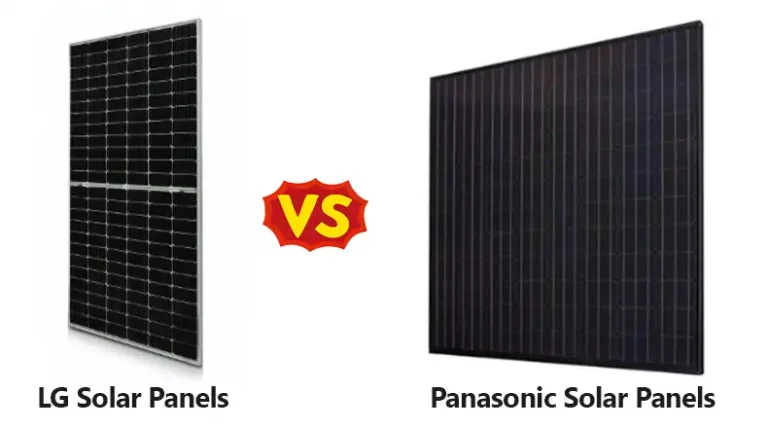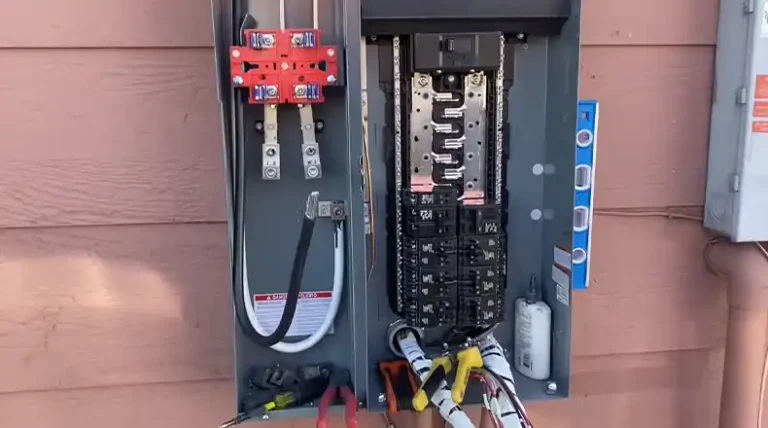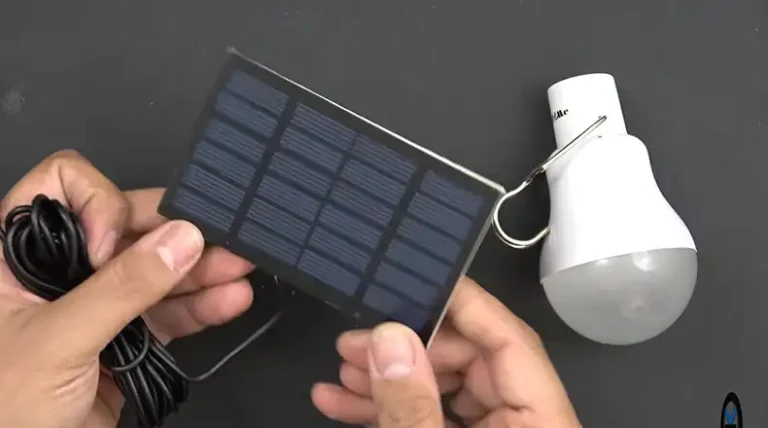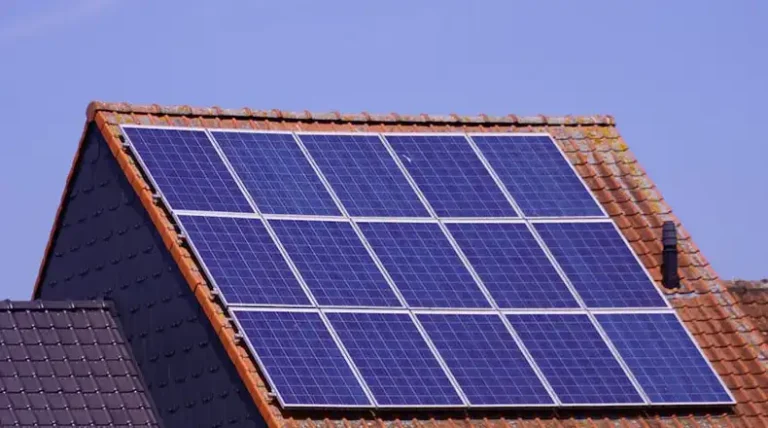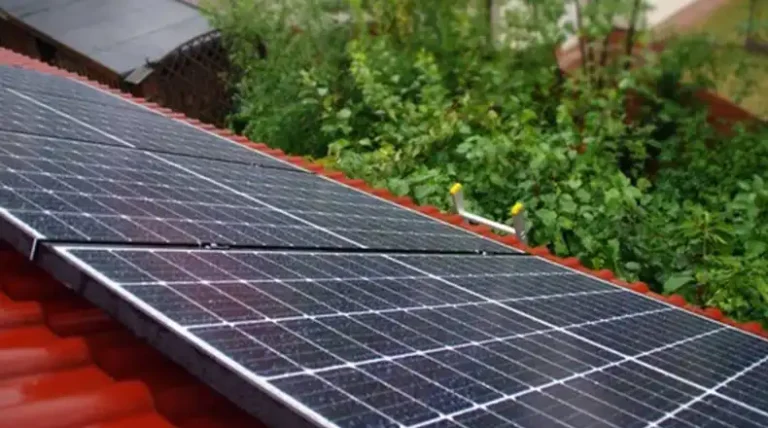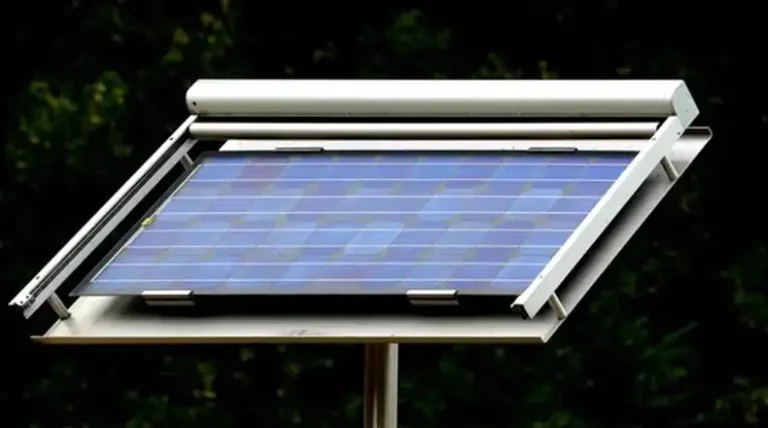How Much Do Solar Companies Pay to Lease Land | General Discussion
Actually the amount varies. As solar lease rates, generally span from $250 to $2,000 per acre annually. This article will explain the determinants that shape the rates offered by solar developers for your land.
In this exploration, we will be deciphering the factors that sway lease rates and the valuable considerations for landowners.
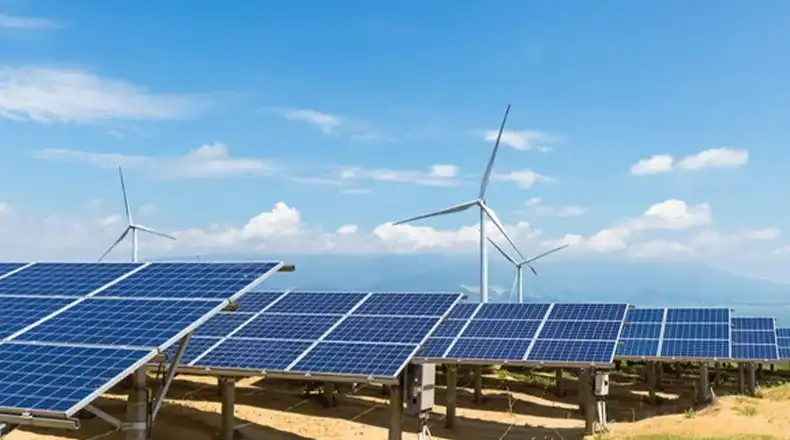
The Need for Land in Solar Energy Projects
The world is moving toward sustainable energy solutions, the demand for land in solar energy projects has never been more pronounced.
The Space Needed of Solar Installations
Solar energy projects require ample space to harness the sun’s power effectively. Unlike compact urban installations, solar farms need expanses of land to accommodate rows of solar panels, maximizing energy capture.
This space needing stems from the necessity to create large arrays that collectively generate substantial electricity.
In simpler terms, imagine a solar panel as a tiny worker bee collecting sunlight. Now, envision a vast field of these bees working together – that’s the scale of land needed for solar energy projects.
What Are The Factors Influencing Land Choice
Selecting the right land for a solar project involves a careful evaluation of multiple factors. These considerations go beyond merely finding available space; they aim to optimize energy production and ensure the longevity and efficiency of the solar installation.
The topography of the land matters; flat and unobstructed terrain is preferred to streamline construction and maximize exposure to sunlight. Think of it as setting up a giant solar picnic – the flatter the ground, the easier it is to lay out the solar blanket.
What Are The Locational Significance
The geographic location of the land is a crucial aspect. Solar projects thrive in regions with abundant sunlight, making deserts and sun-soaked plains ideal candidates. Think of it as choosing the best spot for a sunbathing session – you’d naturally pick the sunniest spot for optimal results.
Moreover, proximity to existing power infrastructure simplifies the connection process, minimizing energy loss during transmission. It’s akin to selecting a home close to essential amenities for convenience – solar projects benefit from being close to the energy ‘hub.’
What Are The Balancing Energy Production and Environmental Impact
Solar developers must strike a delicate balance between energy production goals and environmental preservation. Land choices must consider not only the potential for high energy yield but also the ecological impact.
Finding the sweet spot between productivity and harmony with nature. A well-planned solar project should resemble a harmonious garden – flourishing with energy production while coexisting with the surrounding environment.
Here Are The Factors That Influences Lease Rates
Lease rates of solar land agreements are not set in stone but rather molded by a constellation of influencing factors.
What Are The Location Matters
The geographical placement of your land plays a pivotal role in shaping lease rates. Regions with a higher demand for solar energy, often driven by state-mandated Renewable Portfolio Standards (RPS), witness increased land value.
Understanding the solar energy goals and policies in your area provides insight into the economic potential of your land.
What Are The Regulatory Climate and Policies
The political landscape and regulatory climate wield considerable influence over solar development. Tax incentives, such as those seen in New York for community solar projects, can tip the scales in favor of certain regions.
Understanding the policy framework and incentives available in your area provides valuable insights into the potential lease rates your land could command.
What Are The Alternative Land Uses
The economic value of your land isn’t solely dependent on its solar potential. For farmers, the revenue generated from agricultural activities sets a benchmark for lease offers.
A judicious solar developer recognizes the importance of matching or surpassing existing revenue sources, making informed and competitive lease proposals to landowners.
What Are The Interconnection Costs
One of the primary reasons a solar project may be deemed unfeasible is the cost of connecting it to the electrical grid.
If your land boasts existing infrastructure, such as transmission lines or substations, the interconnection costs decrease, making your land more attractive to developers. The voltage of the infrastructure and its capacity to handle injected energy also factor into the equation.
What Are The Land Size and Economies of Scale
The size of your land carries weight in the determination of lease rates. Larger expanses often offer economies of scale, reducing the developer’s costs per megawatt of capacity. However, regional supply and demand dynamics play a role.
While a vast stretch of land in one region may not guarantee higher per-acre value, scarcity in another region could significantly enhance its worth.
What Are The Short-Term Triggers and Long-Term Trends
Lease rates are not static; they can experience fluctuations due to various triggers. Announcements of Renewable Portfolio Standard targets, Requests for Proposals (RFPs) from energy buyers, or upgrades to transmission infrastructure can momentarily spike lease rates.
Understanding both short-term triggers and long-term trends in the solar market allows landowners to capitalize on opportune moments.
Here Are The Lease Duration and Terms
Solar land leases, the duration and terms play a pivotal role, influencing the dynamics between landowners and solar developers. Understanding the nuances of lease duration and terms is crucial for making informed decisions in the evolving landscape of solar energy agreements.
What Are The The Time Commitment
The lease duration, or how long your land will be dedicated to a solar project, is a key consideration. Typically, solar leases span several decades, often ranging from 20 to 30 years. This extended time frame ensures stability for both parties involved.
Longer lease durations offer landowners the assurance of a consistent income stream, while developers secure access to the land for an extended period to maximize the return on their solar investment.
However, the extended commitment may also raise questions for landowners, who must carefully weigh the long-term implications on their property and future plans. It becomes a balancing act between the security of a prolonged lease and the flexibility to adapt to changing circumstances.
Here Are The Unveiling the Terms
The terms of a solar land lease encompass a variety of crucial elements that define the relationship between landowners and solar developers. These terms are not one-size-fits-all; they are crafted based on mutual agreements and considerations unique to each situation.
What Are The Financial Considerations
One of the primary aspects of lease terms revolves around financial matters. This includes the agreed-upon lease rate per acre, which can vary based on factors such as location, market demand, and the economic landscape.
Additionally, developers may incorporate escalation clauses, allowing lease payments to increase over time, providing a hedge against inflation and ensuring the landowner’s compensation keeps pace with economic changes.
What Are The Land Use and Restrictions
The terms also outline how the land will be used for solar development. This involves specifying the boundaries of the project, the areas allocated for solar installations, and any restrictions imposed on the remaining portions of the land.
Clear delineation ensures that both parties have a comprehensive understanding of how the land will be utilized, minimizing potential conflicts.
Here Are The Maintenance and Responsibilities
Determining maintenance responsibilities is a critical aspect of lease terms. While developers are typically responsible for the upkeep of solar infrastructure, the specifics need to be clearly outlined.
Landowners may have specific concerns about environmental impact, and addressing these in the lease terms ensures responsible and sustainable solar development.
Here Are The Negotiating Win-Win Agreements
Negotiating the terms of a solar land lease is a delicate process that requires open communication and a mutual understanding of each party’s needs.
Landowners should advocate for terms that align with their goals and values while developers seek a framework that allows for a profitable and efficient solar project.
Seeking Legal Counsel
Given the complexity of lease agreements, seeking legal counsel is a prudent step for both parties. Legal experts can provide invaluable insights, ensuring that the terms are fair, legally sound, and protective of the interests of both the landowner and the solar developer.
Here Are The Negotiating Lease Agreements
In the intricate realm of solar land leases, negotiating the terms of the agreement becomes a pivotal skill for landowners seeking to maximize the value of their property. Let’s delve into the key aspects of negotiating lease agreements in the solar energy sector.
What Are The Understanding the Stakes
Negotiating a solar land lease is akin to a strategic chess match, where each move can impact the long-term benefits for both parties involved.
Before entering the negotiation arena, it’s crucial for landowners to grasp the stakes involved. This includes understanding the typical duration of solar land leases, common terms, and the potential for adjustments over time.
Here Are The Assessing Regional Trends
Just as real estate values vary by location, so do solar land lease rates. Landowners should conduct thorough research on regional trends to gain insights into what solar developers are offering in the area.
This knowledge empowers landowners during negotiations, allowing them to leverage regional market dynamics.
What Are The Setting Realistic Expectations
Effective negotiation begins with setting realistic expectations. Landowners should be aware of the average lease rates in their region and understand the factors that contribute to variations. This realistic outlook positions landowners for a more informed and successful negotiation process.
What Are The Leveraging Property Value
Landowners possess a valuable asset – the land itself. During negotiations, highlighting the unique attributes of the property that make it conducive to solar development can be a powerful negotiating tool.
Factors such as flat terrain, proximity to existing infrastructure, and ease of construction can enhance the perceived value of the land.
Here Are The Navigating Lease Duration and Terms
Understanding the duration and terms of the lease agreement is paramount. Landowners should negotiate for favorable terms, considering aspects such as escalation clauses, renewal options, and any restrictions on alternative land use during the lease period.
Clear communication and transparency on these matters contribute to a smoother negotiation process.
What Are The Seeking Professional Guidance
Negotiating a solar land lease is a complex undertaking, and seeking professional guidance can be a game-changer. Landowners may consider consulting with legal experts or professionals experienced in solar energy transactions to ensure that their interests are well-represented in the negotiation process.
What Are The Building a Mutually Beneficial Relationship
Successful negotiations extend beyond securing the best financial terms. Building a mutually beneficial relationship with the solar developer is crucial for long-term success.
Open communication, trust-building, and a collaborative mindset contribute to a positive partnership that can endure over the life of the solar project.
Here Are The The Human Touch in Negotiations
While negotiations involve financial and legal aspects, the human touch should not be underestimated. Infusing a sense of camaraderie and understanding into the negotiation process can foster goodwill between landowners and developers.
A touch of humor or a shared sentiment can break the ice and set the tone for a more amicable negotiation.
Recurring Questions
Q1: What factors influence the negotiation of solar land lease agreements?
A1: Several factors come into play, including regional market dynamics, the unique attributes of the land, the duration and terms of the lease, and the existing regulatory and economic climate. Understanding these elements is crucial for successful negotiations.
Q2: How can I determine the average solar land lease rates in my region?
A2: Conduct thorough research on recent solar land lease transactions in your area. Consult with local experts, review industry publications, and consider seeking the guidance of professionals experienced in solar energy transactions to gain insights into regional trends.
Q3: What terms should I pay attention to during the negotiation process?
A3: Key terms include the duration of the lease, escalation clauses, renewal options, and any restrictions on alternative land use during the lease period. Understanding and negotiating these terms can significantly impact the long-term benefits of the agreement.
Q4: Should I seek legal advice during the negotiation of a solar land lease?
A4: Yes, seeking legal advice is advisable. Legal experts experienced in solar energy transactions can help ensure that your interests are well-represented, and the terms of the agreement align with your goals. Their expertise can be invaluable in navigating the complexities of the negotiation process.
Q5: How can I leverage the unique attributes of my land during negotiations?
A5: Highlighting factors such as flat terrain, proximity to existing infrastructure, and ease of construction can enhance the perceived value of your land. Demonstrating the suitability of your property for solar development can strengthen your negotiating position.
Q6: Are there standard industry practices for solar land lease negotiations?
A6: While there are common practices, each negotiation is unique. It’s essential to stay informed about industry standards but be prepared to tailor negotiations to the specific attributes of your land and the goals of both parties involved.
Q7: What role does building a positive relationship play in the negotiation process?
A7: Building a positive relationship is crucial for long-term success. A collaborative and communicative approach fosters goodwill and can lead to a more amicable negotiation. Establishing trust and understanding lays the foundation for a successful partnership.
Q8: How can I ensure that my land is valued appropriately during negotiations?
A8: Seek professional guidance to assess the value of your land for solar development. Professionals experienced in solar energy transactions can provide insights into the current market value and help you negotiate terms that align with the unique characteristics of your property.
Q9: Can negotiation involve aspects beyond financial terms?
A9: Absolutely. Infusing a human touch, such as a sense of camaraderie or shared understanding, can contribute to a positive negotiation atmosphere. While financial and legal aspects are crucial, interpersonal skills also play a role in building a successful partnership.
Q10: What should I do if I encounter challenges during the negotiation process?
A10: If challenges arise, seek open communication with the other party. Consider the guidance of professionals, and be open to finding creative solutions. Flexibility and a collaborative mindset contribute to overcoming challenges in the negotiation journey
Closing Remarks
We synthesize the key takeaways. Emphasizing the dynamic nature of solar land leases, we highlight the importance of informed decision-making for landowners and the role of sustainable practices in shaping the future of solar energy
Meta description: Unlock the secrets of negotiating solar land leases. From rates to regional trends, discover expert insights for a successful and mutually beneficial agreement.

